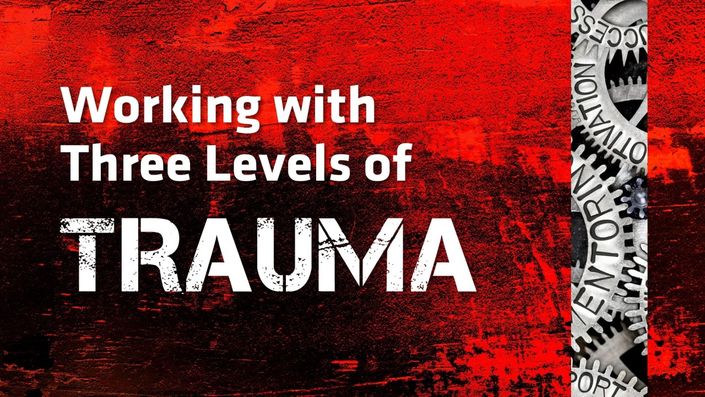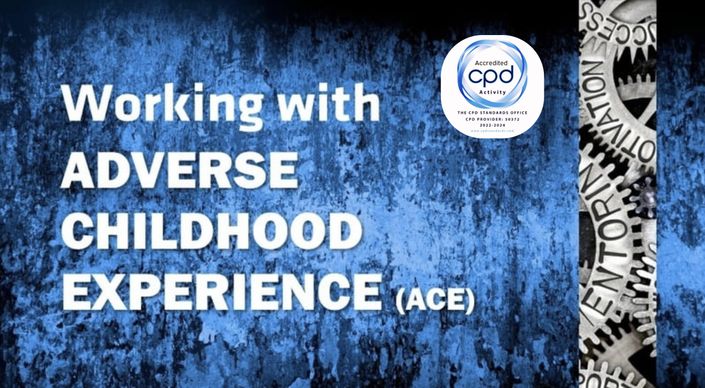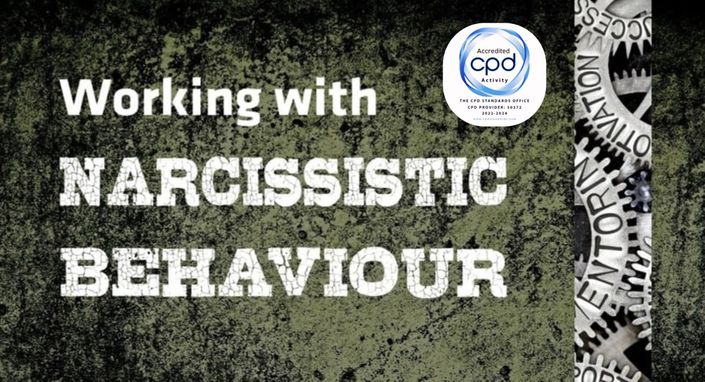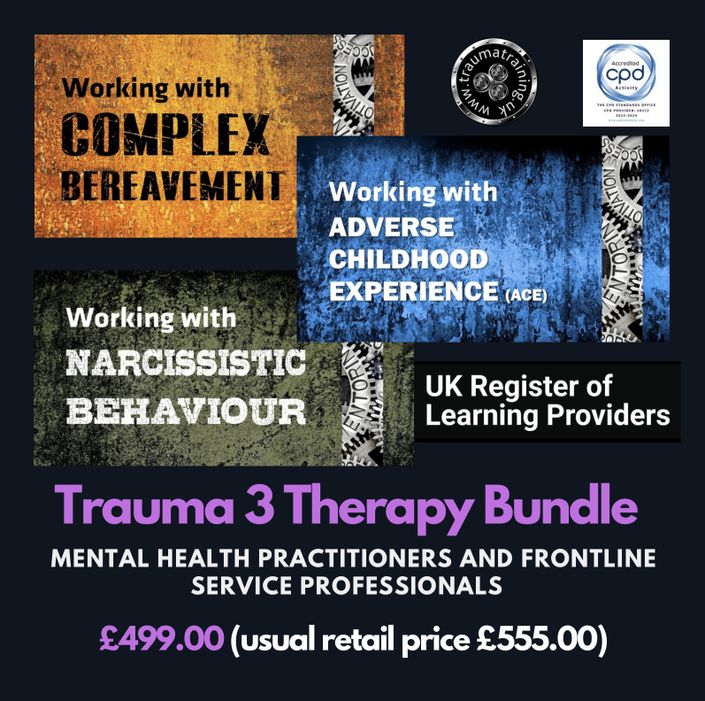
Complexities of Bereavement
If your work within the helping profession puts you in touch with clients, patients or service users that may have experienced a bereavement. This Online CPD Course for Working With Complex Bereavement, may not only be of benefit to your continuing professional development, but can also help to understand the deep and often wordless pain that accompanies such a loss, as well as the threadbare feelings that those left behind are often silently struggling to deal with alone.
It is suitable for those looking for additional learning and certification in a chosen area of therapy. It is a bolt on to existing learning, for those wishing to develop further skills within their existing roles or simply to refresh and update knowledge.
The advantages of online learning in these changing times is plentiful, no travel, no parking and most of all; it can be completed at your own pace.
Self – Care Management for Online Trauma Training & Learning
We only have so much time in the day. Some of the content in all of our CPD online trauma training can be heavy going, especially the case history content. It can be easy to become overwhelmed, which is why we have prepared this brief document.
In order to manage your time, you can plan and organise the learning activities that you intend to complete. For some learners, they may already have the information contained within the course, but need to refresh that knowledge, others they may like to take their time, absorbing new information and processing that learning.
Finding your own way to manage your learning time can be extremely beneficial. There are no deadlines for our courses, once you have purchased the chosen course, you have all the time you need to complete it. The content is reading, understanding and completing a series of multiple choice questions after each module. Once accomplished, if you have achieved a 75% pass, you can automatically download your Certificate of Achievement accredited by the CPD Standards Office.
Seven bullet points that may help…
1. Keep a schedule or to-do-list – set your own deadlines.
2. Prioritise and focus on your highest objective within your list.
3. Set blocks or allocate time for specific modules.
4. Take as many breaks as you feel you need.
5. Prepare to make notes, research further into links provided.
6. Learn how to recognise distractions, multi-tasking, background noise and self-derailing.
7. Reward yourself often and purchase a fitting frame for your new certificate.
We hope that these few steps will be of some assistance to you when completing any of the CPD Trauma Training courses. Arranging time for yourself to complete your chosen course can be crucial to your absorption of any new information. Above all, stay focused and although these are heavy in places, we hope that you enjoy the journey.
Once you have passed and downloaded your Online Completion Certificate, if you send us an appropriate postal address, we will send you the additional CPD Accreditation Certificate alongside your CPD Course Completion Certificate.
We are always interested to see photographs of your certificate/s, whether that is on your private practice wall, in a folder or at your place of work. If you would like to send us yours, please send to us via the website contact access.

Aims ~ Objectives ~ Learning Outcomes
Aims ~Achievement
To provide information about current practice and pre - therapy intervention.
To enhance and refresh current knowledge in addition to core counselling/health practitioner training.
To develop skills and intervention processes in addition to current training to assist with the best possible outcomes for clients.
Objectives ~ Presentation
To present current working practices around the course subject.
To provide clear, concise and researched information that enhances and improves skills sets.
To demonstrate different ways of working to suit different client needs.
Learning Outcomes ~ On Completion, Learners should be able to:
To have an understanding of what a client who is bereaved, may be going through, as well as and in addition to the death of their loved one.
To be able to explain the procedures that are involved within the realms of a complex death.
To identify the service needs of different types of clients: when to work with those needs and when to refer on.
Course Curriculum
- Module 1 - Working with Bereaved Clients
- Module 2 - Grief Cycles
- Module 3 - Sudden Death
- Module 4 - The Aftermath of Suicide
- Module 5 - Aftershock of Murder and Manslaughter
- Module 6 - Terminal Illness
- Module 7 - Coroners Inquest
- Module 8 - Funerals & Diversity
- Module 9 - Reflective Case Histories
- Module 10 - Interventions for Working with Complex Grief









